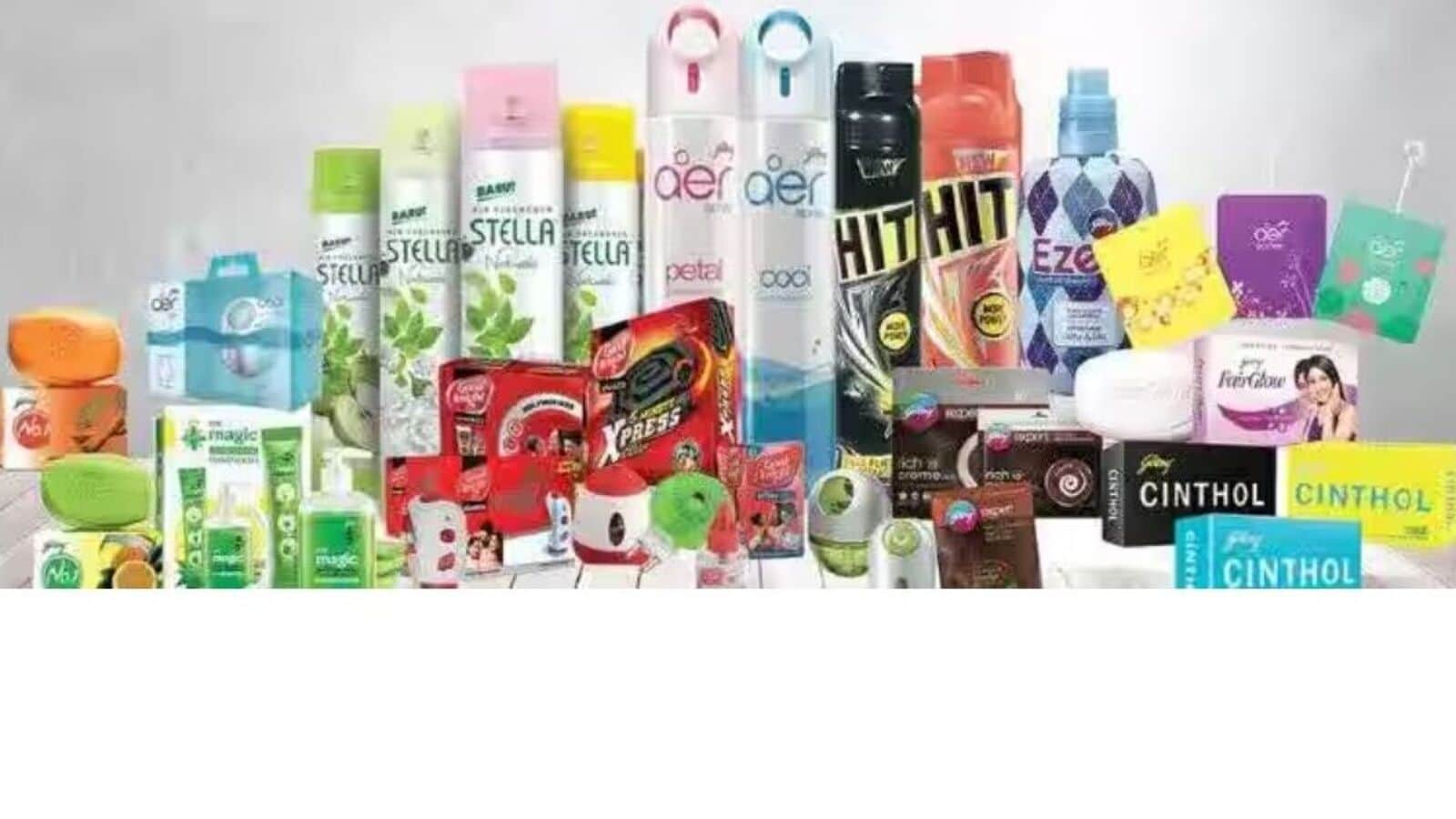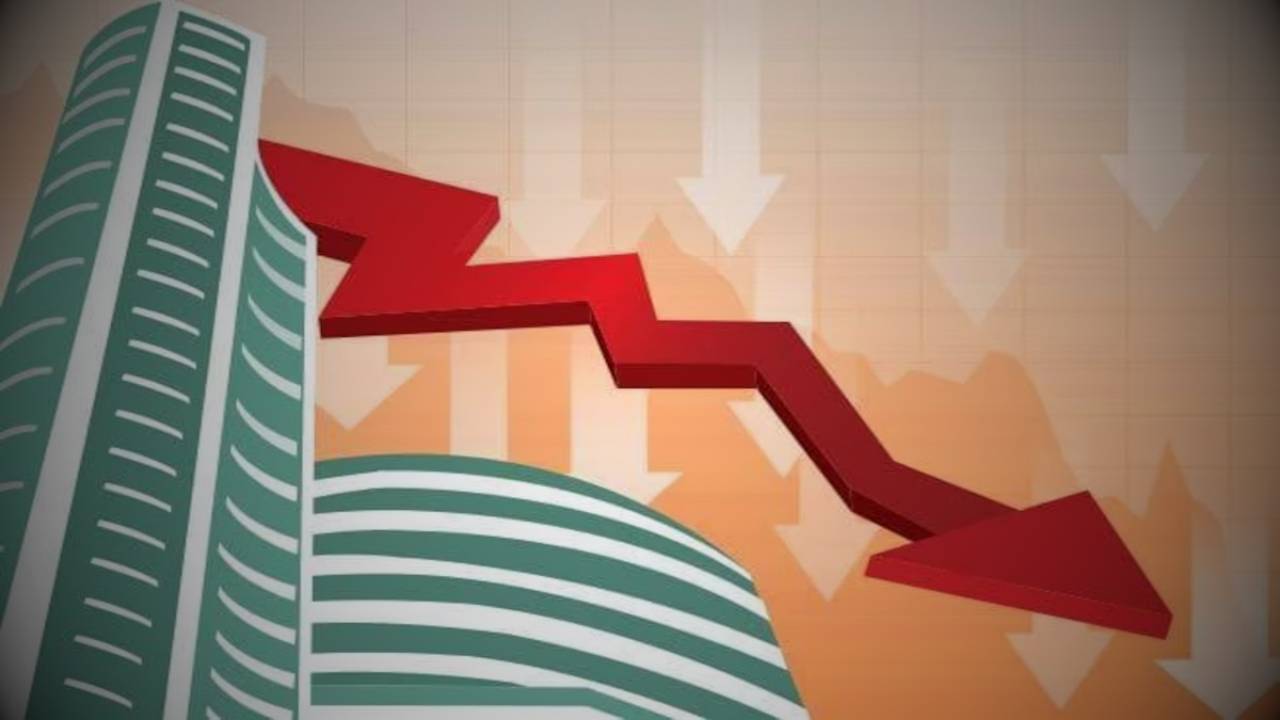Godrej Consumer Products Ltd’s (GCPL) recent update on its performance in the September quarter (Q2FY25) reveals a challenging landscape characterized by inflationary pressures and the need for ongoing growth initiatives. The company’s India division is poised to show a high single-digit increase in volume compared to the previous year, indicating resilience amidst market challenges.
Analysts predict that GCPL’s domestic volume growth for Q2 is expected to be around 7%. This represents a slight decline from the 8% and 9% growth figures observed in Q1FY25 and Q4FY24, respectively. Despite facing these fluctuations, GCPL’s management remains committed to investing in long-term growth strategies, focusing on rural outreach programs and developing new product categories to cater to market demands.
Notably, the liquid detergent segment has experienced significant success, reporting revenue growth exceeding 40%. Additionally, the hair colour category is also performing well, showing growth in the early teens as per insights provided by analysts at Nuvama Research. Such figures underline the effectiveness of GCPL’s strategic initiatives to tap into high-potential segments of the market.
Furthermore, the company is actively working on premiumization efforts within its household insecticides category. This includes strong traction from newly launched incense sticks and an anticipated boost from the relaunch of liquid vaporizers featuring an innovative new molecule. These efforts are expected to enhance growth, particularly in a segment previously marked by low-single-digit growth.
However, not all segments within GCPL’s portfolio are performing optimally. The soap category, a staple of the company’s offerings, has encountered sluggish volume growth. Unlike its primary competitor, Hindustan Unilever Ltd, GCPL has yet to reformulate its soap products, despite having the necessary technology available for potential adjustments.
Nuvama analysts highlighted that “India Ebitda growth is expected to be flat this quarter due to significant cost challenges and margin pressures in the soap category, which constitutes one-third of GCPL’s domestic business.” This indicates a complex balancing act for the company as it strives to maintain profitability while managing costs.
Cost inflation, particularly concerning palm oil prices, poses a major concern for GCPL. Since March, palm oil input costs have risen significantly, impacting overall pricing strategies. The company has opted to gradually increase prices while absorbing some of these costs, aiming to protect market share. While this approach helps sustain consumer loyalty, it also places pressure on profitability margins.
Global Business Performance
On the global front, GCPL’s operations in Indonesia are expected to deliver continued robust performance, with expectations of high-single-digit volume growth and double-digit sales growth in constant currency. Conversely, the Africa, US, and Middle East (GAUM) segment has experienced declining volumes due to trade stock reductions and strategic portfolio adjustments. Additionally, ongoing currency unification efforts in Nigeria are negatively impacting sales performance in rupee terms, even as GAUM reports double-digit Ebitda growth.
In summary, GCPL is anticipating mid-single digit consolidated sales growth in rupee terms, with low-teens growth forecasted in constant currency, while Ebitda growth is projected to remain in the mid-single digits. The company’s long-term focus on diversifying into new categories, particularly pet care, positions it well amid domestic challenges. Despite obstacles within the soap segment and competitive pressures, strategic initiatives and steady international performance suggest a cautiously optimistic outlook for the coming quarters. The stock has recently declined by 13% from its 52-week high observed on September 11, reflecting market volatility.











